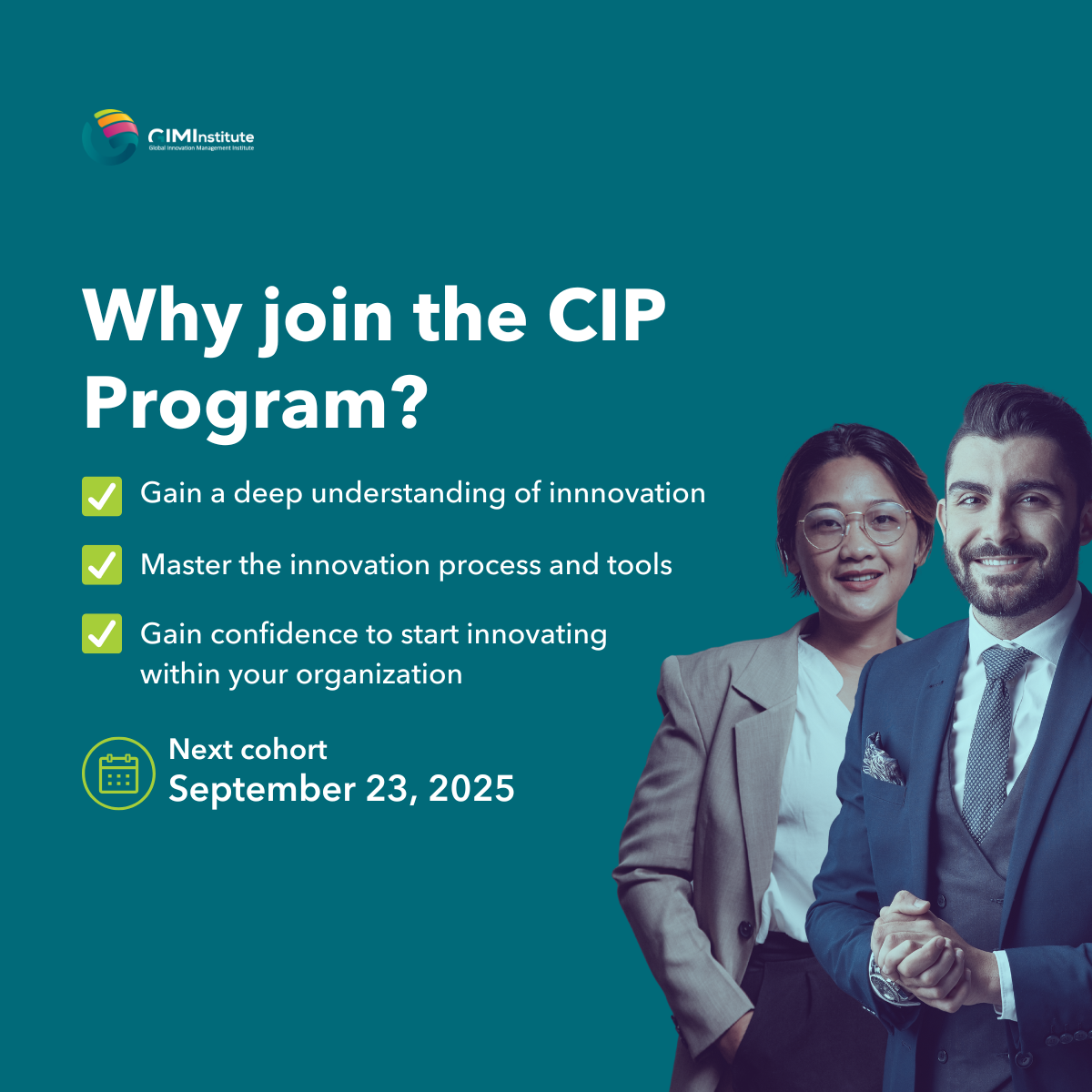Government Innovation From Within
UAE Edition. Part 1
By: Rafael Lemaitre, ShiftIN Partners
Based on our research undertaken in cooperation with the United Nations University – Maastricht Economic Research Institute on Innovation and Technology (UNU – MERIT), and sponsored by ShiftIN Partners and The Global Innovation Management Institute, we surveyed circa 250 government leaders in the UAE (at federal and regional levels) 1, using tools in line with best practice studies conducted in Scandinavia and the rest of Europe, and Australia to see how public sector innovation is being conducted, which barriers are being faced, which are the drivers of innovation and the critical success factors, and what are the outcomes of innovation projects.
The days when Innovation within governments was considered an oxymoron are long gone. Governments across the world are shifting from incremental improvements towards much more advanced and complex innovations and the case of the UAE is no exception. On the contrary, what has emerged from the survey and the analysis of its results is that the UAE Government organisations are experiencing an unprecedented momentum when it comes to innovation. The results indicate high level of “transformative” innovations and numerous positive impacts. In addition, the analysis shows that government entities are moving from focusing only on the front end of innovation (i.e. idea generation platforms) to the back-end (i.e. the development of the idea), and while doing so they are working on creating the right enablers (from culture and frameworks to processes) to do so.
The results make us realize that the UAE Government is well advanced on its journey to take a leadership role in public sector innovation and is undoubtedly a great case study. This white paper constitutes a first version to an in-depth research in the area and will be followed up by future editions.
UAE GOVERNMENT INNOVATION: AN OVERVIEW
Innovation goes well beyond generating an idea or even the next big idea. An idea becomes an innovation when the cycle is completed and that idea matures into a sound concept that captures and delivers new value, from a new service to a new product, or even a new set of internal processes: innovation can take many ways.
Our research indicates that UAE government entities are stronger at the early stages of the innovation management process (and at more abstract elements of the innovation framework), such as creativity and idea generation. For example, 55% of the respondents mentioned that their organisations fully support creativity and brainstorming (this percentage increases to 95% when “some” encouragement is included), and 40% answered that they have full idea generation mechanisms in place (90% including partial approaches). The government entities are less advanced when looked at other subsequent and more specific components such as innovation goals, strategies, and processes in place. For example, 35% of the respondents reported having specific innovation goals in place, and 50% indicated that their strategic goals could be linked to innovation. When looking at innovation strategies and innovation management processes, the results are also on the low side. Around 40% of the respondents were not aware of any innovation strategy or innovation management process in place in their organisations.

This gap between the large number of entities which have some sort of idea generation mechanism and creativity in place and the fewer number of entities reporting to have specific innovation processes and strategies is not however surprising. It demonstrates a well-known characteristic of innovation that organisations typically spend much more time working at the front-end of innovation while less time and energy are devoted to the back-end.
The gap is even higher when innovation strategy is contrasted with the overall strategy: 73% of the respondents consider that their organisations have a clear vision and a strategic plan in place while only 29% report that there is a written innovation strategy in place.

With regard to innovation rates, the UAE organisations are reporting high levels as 85% of the respondents stated that their organisations have introduced at least one significant innovation in the past 2 years. The respondents were also asked to think of the Most Important Innovation (MII) introduced by their work unit and to classify it. The largest share of MII type reported was for service delivery innovations or new products launched (64.3%), followed by new or improved processes to support service delivery (50.3%), operational processes (44.1%), and communication innovations (32.9%). Half of the respondents (49.6%) matched the MII with only one type of innovation while the rest matched it with two or more types. This shows that the most significant innovations tend to be cross-cutting and difficult to be associated with only one type. For example, the introduction of a new service will most likely bring side effects, such as a set of innovations within the structure and the processes required to deliver that new service.
For the most important innovations introduced according to the respondents, we also tried to identify if these MIIs were “transformative” in nature. These are innovations that completely change the way things are done, or provide large cost savings (at the working group or organisation level), or create an entirely new and important service. 80.8% of the respondents stated that their most important innovation was a transformative one – very large percentage. Caution is needed while interpreting this value, as this does not mean that almost 81% of all innovations are transformative in nature. This large percentage does however indicate that the large majority of the selected most important innovations were transformative.
When looking at the effort placed by the respondents to materialize the results of their most important innovations, almost one third of the MIIs (29.8%) took between 6 to 12 months to complete, 38.5% took between 1 to 6 months, and close to another third (27.9%) took more than a year. The effort of the innovations was analyzed in the context of the results delivered (see section on Innovation Impacts) and the results were surprising, as a significant negative relationship was found between the time required and the results delivered: the longer the time, the fewer the results3. A plausible explanation is that those innovations that require a high level of effort, from idea generation to implementation, can show diminishing returns. This could suggests that the adoption of lean innovation principles can be highly beneficial for public organisations.

About ShiftIN Partners:
ShiftIN Partnersis a leading strategy management consulting firm focused on helping clients manage strategy and innovation programs that enable the organization to achieve the necessary Shift, working from withIN. ShiftIN professionals have successfully led several consulting engagements worldwide, Partnering with customers in the Government, Utilities & Infrastructure, Oil & Gas, Manufacturing, Healthcare & Pharmaceutical, Financial Services and Telecommunications sectors.


